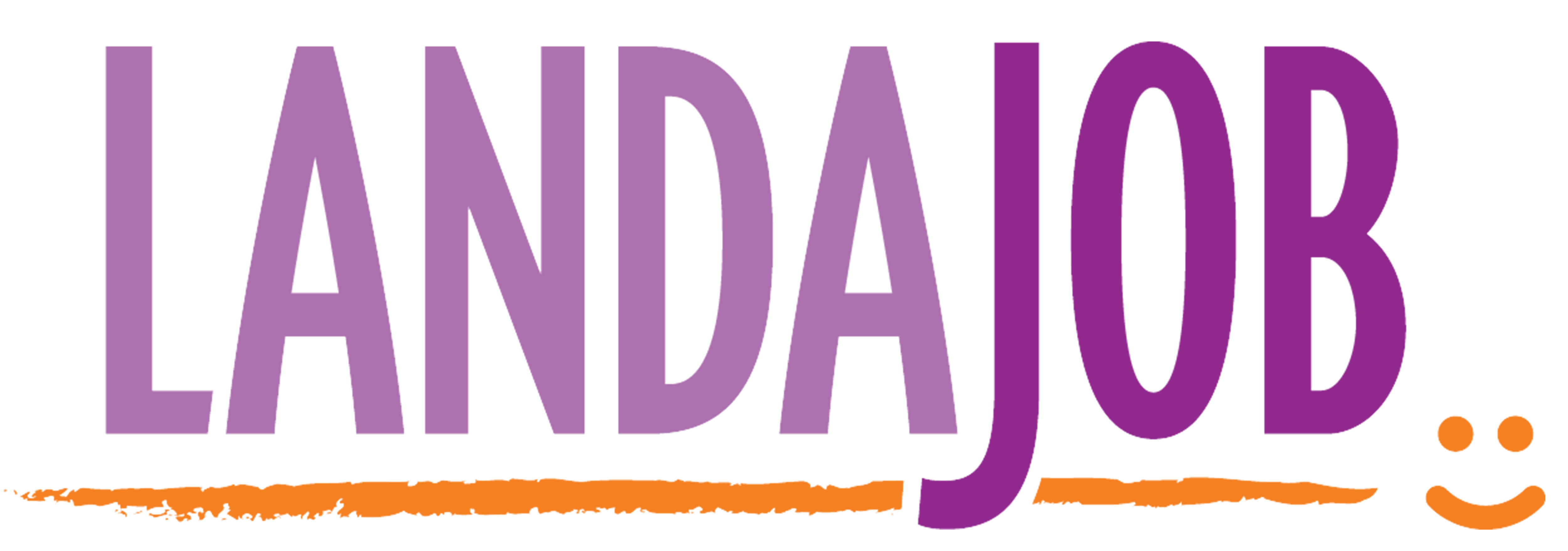Best Practices: Resumes
We’re introducing a new series here at LandaJob called Best Practices. We’ll start today with resumes; future blogs will look at cover letters, portfolios and LinkedIn practices. If you have something else you’d like us to take a look at in this series, please let us know!
So…resumes. The things that make a resume effective have changed with time and technology, so we’ll try to get you up to speed.
First of all, some companies are pre-screening resumes by scanning. This is an automated, non-human process, which scans your electronic resume for key words and phrases. So it’s important to mirror the words used in the job description because it’s likely that’s what the software will look for. For example, if the job description talks about “client relations”, you should use those terms instead of “customer service.” Use the words they use to describe your experience.
Ditch the old-fashioned “Objective” section. This talks about what you want – they don’t care — they want to know what you can do for them. Instead, include a “Summary” up top that briefly describes your years of experience and highlights your expertise. Include something in the summary that really makes you stand out. What’s the number one thing you’re most proud of from the positions you’ve held? Have you achieved things that you can quantify with numbers? Have you received awards? If so, be sure to list them.
People say that hiring managers take about 20 seconds to review your resume, so make them count.
Be sure you tailor each submittal to the specific job you’re seeking. There’s a lot of competition out there folks. You need to stand out.
Use action verbs — like organized…, created…, applied… — to briefly and concisely describe what you’ve done in other positions and emphasize the results of your efforts. Try to put it in context. For example, “Increased sales by 150%, the highest increase over the past five years for X product.” Talk specifically about how your experience and skills relate to the advertised position.
Keep everything lean and mean. Keep thinking about those 20 seconds. Use bulleted lists of short phrases describing your experience that relates to the position, quantify it when you can, put it in context, and emphasize the results you obtained.
Use white space between lines to provide some breathing room. And, this is very important, make sure it’s perfect. In other words, no spelling or grammatical errors – zero. Don’t rely on spell-check. Make sure it’s absolutely correct.
One page is best, two at most. Do not include any personal information, and please, do not include a picture of yourself. If you’re applying for a graphic design position, then yes, get creative. But make sure it’s easy to read and legible. Keep the gimmicks to a minimum. People don’t necessarily read from top to bottom anymore, the internet has changed that. We tend to skim – so use bolded text to highlight information you don’t want the reader to miss.
Make sure your contact information is at the top and easy to find. Include your name, phone number (cell) and email address. Hyperlink your email address so it’s easy for the hiring manager to contact you. Include links to professional social media (not personal) like LinkedIn or your website.
Writing a resume is hard. As you writers out there know, it’s much harder to be brief and concise than to describe at length. So, take the time to make sure you’re putting the emphasis where it needs to be for the job. It will be well worth your time.

